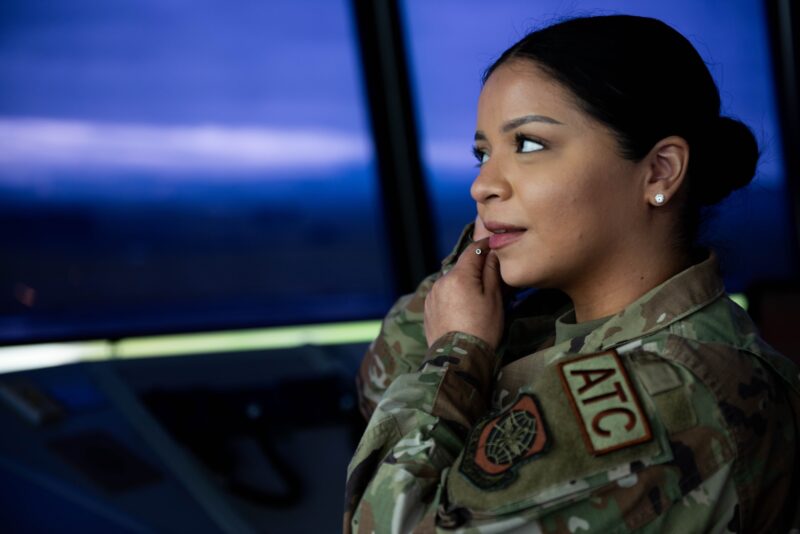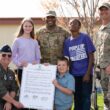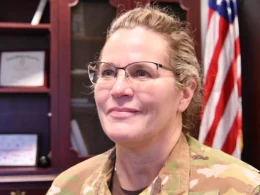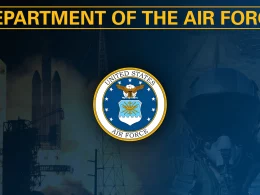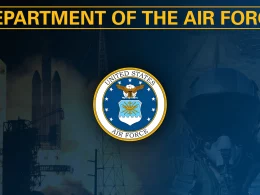TRAVIS AIR FORCE BASE, Calif. —
People often ask about their job’s role in the bigger picture to gain a better understanding of the contribution they make. According to the 60th Operations Group, that is exactly what their Aviation Support Flyers Program is geared toward answering.
The 60th OG initiated the ASFP in November 2018, with the purpose of addressing the gaps between the mission essential program and orientation/familiarization flight program. ASFP is specifically aimed at objectives that cannot be achieved during familiarization flights. It is the policy of the 60th OG to establish the ASFP under the guidance provided by Air Mobility Command and in accordance with DAFMAN11-401_AMCSUP 22 JUNE 2023.
“The ASFP provides first-hand experience for personnel with aviation support functions resulting in improved decision-making, support and greater feedback on services rendered,” said U.S. Air Force Master Sgt. Meltem Pellot, 60th Operational Support Squadron aviation resource management superintendent. “The 60th OG goal is to expose aviation support personnel to operational training sorties in an effort to improve their functions, observe contribution to mission execution and spur innovation for methods of improvement through the compilation of lessons learned.”
The program is authorized for personnel assigned to non-flying Operations Air Force Specialty Codes, both officer and enlisted. HQ AMC functional area managers, in coordination with AMC/A3T, develop designed learning objectives and key mission experiences and profiles to meet these objectives. Unit FAMS ensure participants have proper documentation while aircrew members evaluate achieved learning objectives.
“Having such a great program approved by the wing helps with a better understanding of the Airman, what the aircrew is going through in their local training and how we can change our process,” said Pellot. “Participants will be alerted by the crew during the normal alert sequence on the day of the training sortie and walk through every step with the aircrew. This program gives motivation to Airmen.”
The two most recent participants in the program were U.S. Air Force Airman 1st Class Mia Sanchez, 60th OSS air traffic controller and Staff Sgt. Andrew Heller, 60th OSS radar approach control complex air traffic controller.
According to Sanchez, the opportunity for air traffic controllers to fly aboard aircraft, such as the C-17 Globemaster III, provides insights and perspectives that enhance the understanding of the challenges and considerations faced by pilots.
“This firsthand experience creates a deeper appreciation of the complexities of flight operations, allowing controllers to make more informed decisions and communicate effectively with pilots from a position of mutual understanding,” said Sanchez. “Such familiarization flights strengthen collaboration between air traffic control and flight crews, ultimately contributing to safer and more efficient aviation operations.”
Additionally, Heller felt this experience was something he had waited a long time for and was excited to finally be a part of.
“I have been watching and controlling aircraft as they perform high speed tactical arrivals and departures since 2018,” said Heller. “I am so grateful I was given the opportunity to see the other side of the operations that I have been a key proponent of for the last half decade. The flight not only opened my eyes as an ATC, but more so as an Airman.”




